Like any other kit or equipment, your suppressor requires maintenance to ensure longevity and proper function. How you maintain your suppressor will vary based on type, the material its constructed of, and its finish. This is why following the manufacturer’s recommendations is essential, so reading those is a great starting point. We will cover some generalized procedures on three of the major types of suppressors to give you a baseline.
Sponsored by SilencerCo
Safety
When handling firearms, you must always ensure they are properly cleared out. Identify a secure area to conduct your maintenance. Wear proper protective equipment consisting of nitrile gloves and protective eyewear. Lead is highly toxic and can cause health problems if ingested or introduced to your bloodstream. You want to protect yourself by thoroughly washing your hands with soap and cold water immediately after handling. Avoid eating, drinking, or even rubbing your eyes with contaminated hands. They also make D-lead wipes to help you decontaminate.
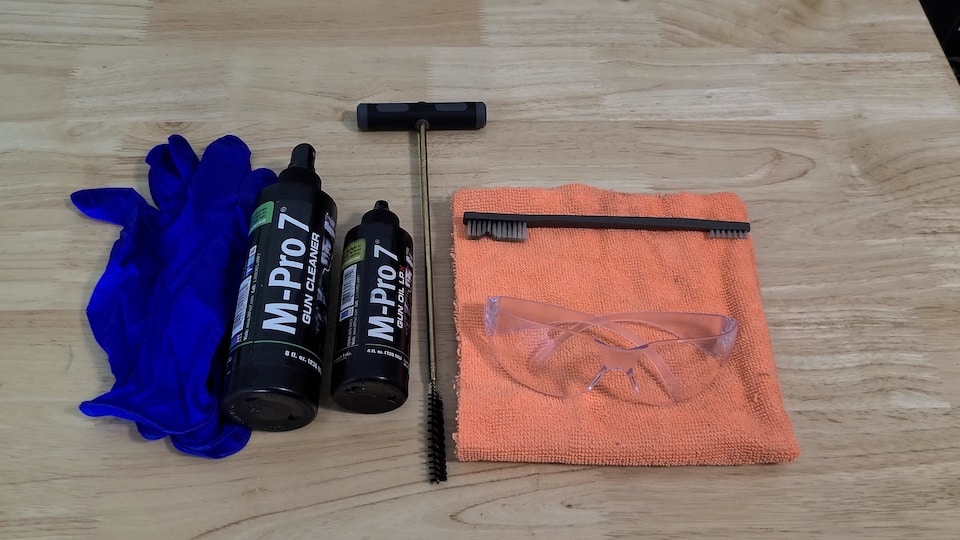
Rimfire Suppressors
Rimfire suppressors require the most maintenance due to the types of projectiles and propellants that are regularly used. This will necessitate maintaining them on a more aggressive cycle, roughly every 1000 rounds. These suppressors are generally user-serviceable and will allow you to break them down to clean them. Much of the fouling in .22 caliber suppressors is lead; therefore, use caution when handling. Aluminum is commonly used in rimfire suppressors and tends to be softer, so ensure you only use nylon brushes and avoid aggressive scraping or harsh solvents. I mainly use a cleaner solvent or Cleaner Lubricant Protectant (CLP), a nylon brush, and a rag to do the job. Pay special attention to the areas where the suppressor mates to the barrel. Ensure the treads and barrel shoulder are clean. Fouling in these areas can cause misalignment, which can lead to baffle strikes.
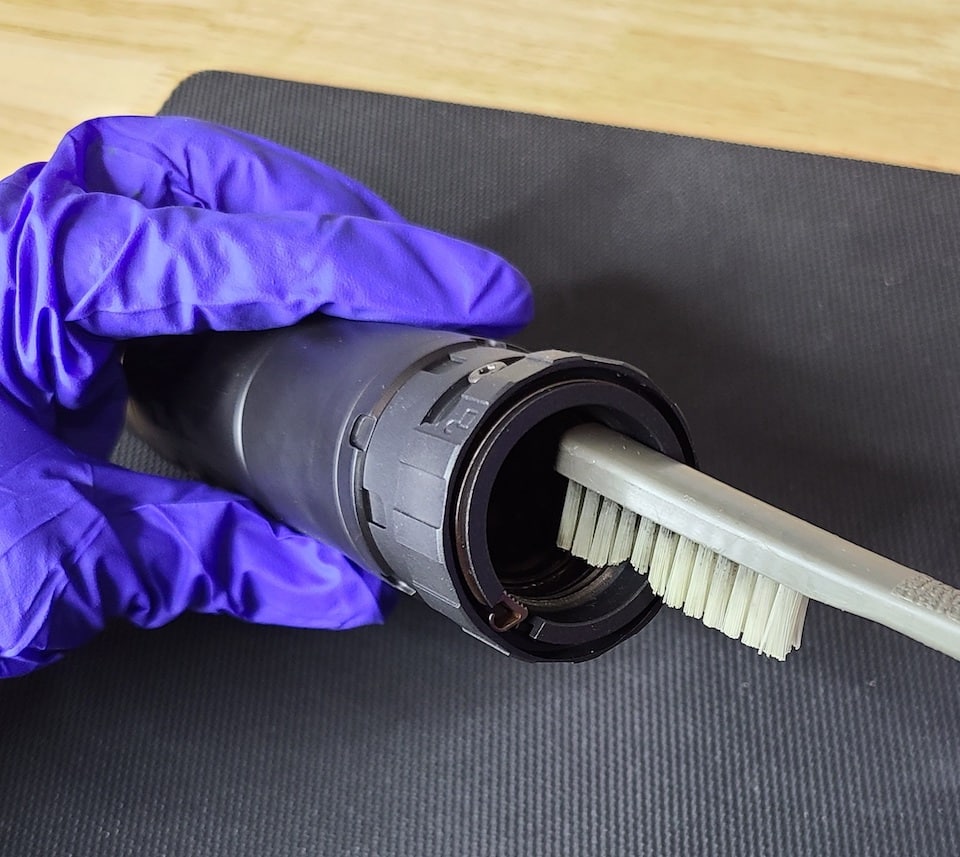
Pistol Suppressors
These typically require little maintenance. You want to ensure the mounts and/or mounting surfaces are kept clean with any standard cleaning solvent and a nylon brush to remove any carbon buildup or fouling. You can run a bore brush through the suppressor to remove any light fouling. Keep the piston clean and lightly lubricated to ensure proper function. Do not use bore patches on sealed suppressors, as they can be lodged inside and cause damage if fired. If your pistol suppressor is permanently attached to your barrel, you can use a bore snake to clean your barrel without the risk of patches becoming lodged inside.
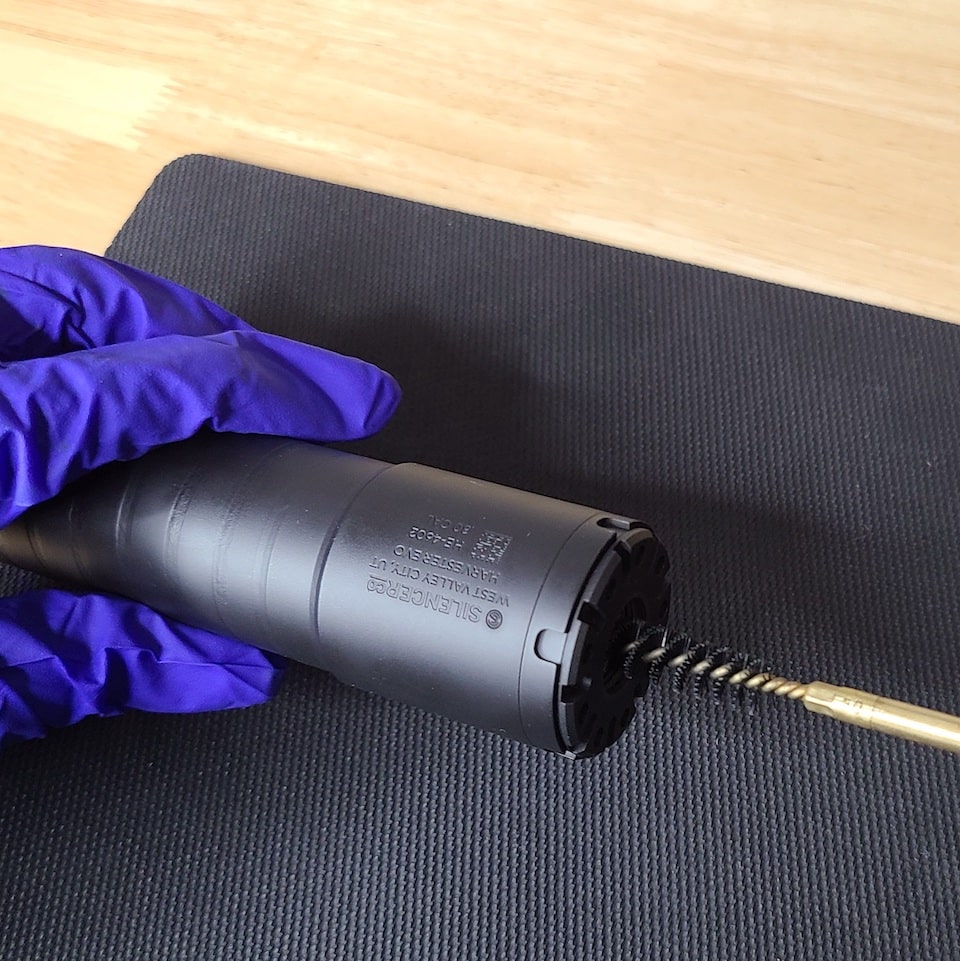
Rifle Suppressors
Rifle suppressors require the least maintenance due to higher pressures and near-complete powder burn. Keep the mounts clean with periodic maintenance, just like the pistol suppressors, and if necessary, you can pass a bore brush through to remove any fouling or carbon. Reminder, never use patches in sealed suppressors.
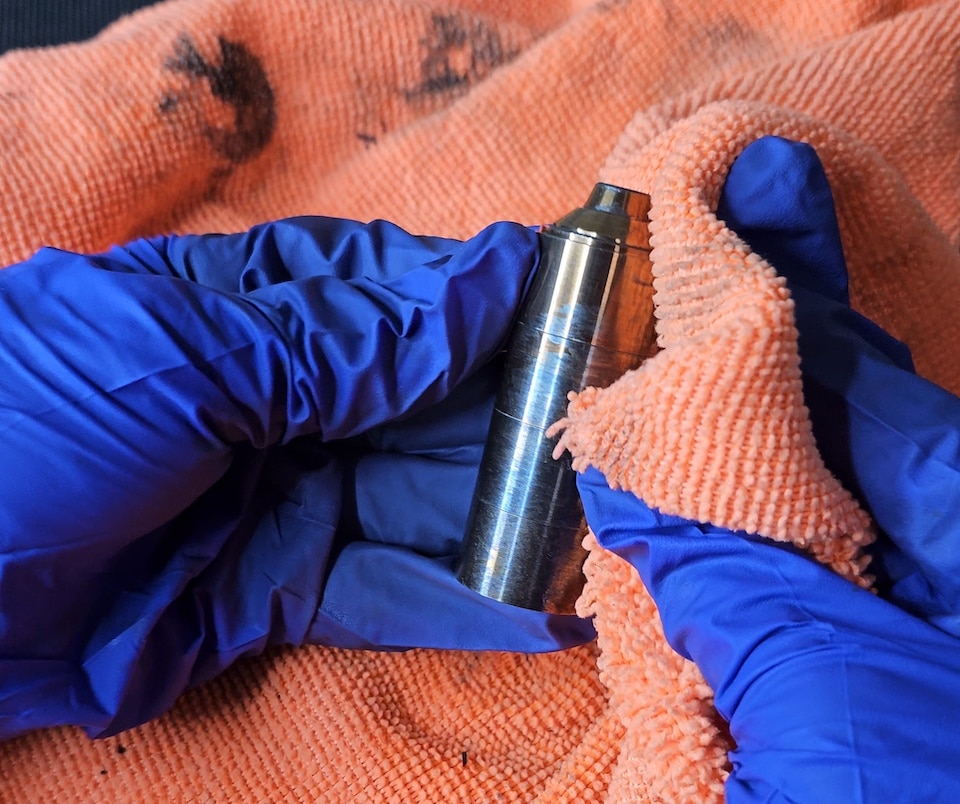
Applying these tips
Hopefully, this article gave you some insight into the suppressor maintenance process. Remember to start with the manufactures recommended process to avoid damaging your prized possession, and always wear proper protective equipment.
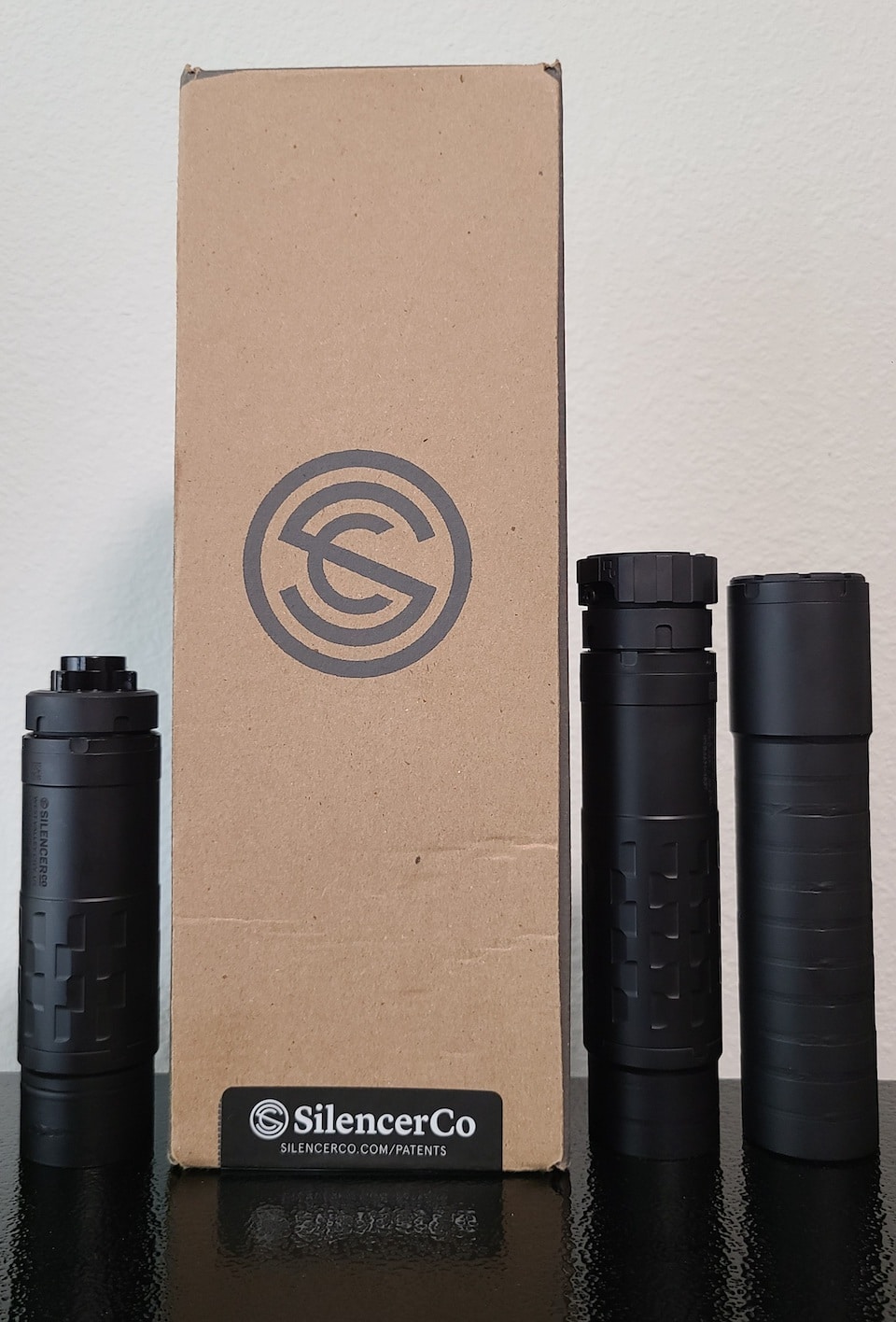
View SilencerCo’s full line of suppressors here.
Avery Skipalis is the owner of Skip’s Tactical Solutions, an organization that focuses on empowering women, men and children to make sure that no one else becomes a victim. She gained her firearms experience from the military where she’s been a military firearms instructor for 10.5 years. She’s also a certified NRA rifle and pistol instructor and Glock Advanced Armorer since 2015. She’s attended Sig Sauer Academy, FNH, Special Operations Command Armorers courses as well as multiple Advanced Shooting Schools across the United States. She resides in Florida with her husband and 2 kids. She’s currently serving in the United States Air Force and loves sharing her passion with others. She thinks it’s important that women also feel like they’re in control of their own safety. View all posts by Avery Skipalis
Avery Skipalis is pretty awesome!!